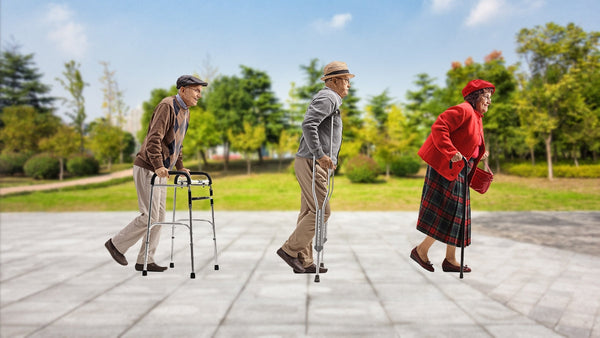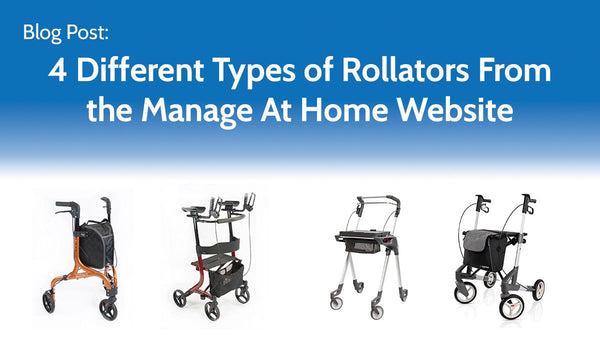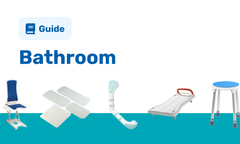Did you know that over 30 chronic conditions are currently commonly associated with excessive sitting or lack of exercise?
Walking daily, even if it’s just for a short period of time can change your life. whether it’s when you’re around the house, popping to the shop or having a wander around the local park with a friend, the long term health benefits could be substantial.
There are numerous health benefits attributed to walking, including:
- Improved fitness & weight loss
- Flexibility
- Strengthening your heart and bones
- Improving your mental health
- Reducing the risk of dementia
- reducing general pain
- Lowering blood sugar levels
- Boosting your immune system
DISCLAIMER: No articles on this website have been written by practicing industry professionals unless stated otherwise. If you are in any doubt as to the suitability of a product for your needs, you are advised to consult with a qualified clinical professional before purchasing.














Comments